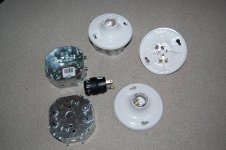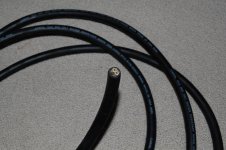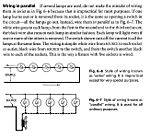Okay guys, I'm trying to figure out the lighting for my medcab and realized wiring one myself will allow me for most effective and efficient lighting/placement.
So basically, I have all the parts (with help) and now I just need to know: How do I put this together?
Here's some pictures to clarify the situation, if anyone needs any more info in order to help, I'll be happy to provide!
So basically, I have all the parts (with help) and now I just need to know: How do I put this together?
Here's some pictures to clarify the situation, if anyone needs any more info in order to help, I'll be happy to provide!






